The nickel U 89 i Large Diaphragm Condenser Microphone from Neumann is a studio microphone for multiple applications. The head grille protects a dual-diaphragm capsule and a rotary switch below the head grille selects from five different polar patterns.
The amplifier accepts sound pressure levels up to 134 dB without distortion. This figure can be increased to 140 dB. An additional rotary switch activates a filter that changes the low frequency response either below 80 Hz or 160 Hz frequency.
This microphone has omnidirectional, cardioid, figure-8, hypercardioid, and wide-angle cardioid characteristics. When compared to the standard cardioid pattern, the hypercardioid characteristic suppresses sound from the side more efficiently. The wide-angle polar pattern is especially useful to record large sound sources.
The microphone is addressed from the front. The large diaphragm capsule has a very smooth frequency response for all polar patterns over a wide acceptance angle. The frequency response curves are flat up to 10 kHz within a pickup angle of ± 100°. The U 89 i has a very even diffuse-field response for all polar patterns. This is important in a reverberant environment when more reflections arrive at the microphone capsule. The acoustic information is not affected in its tonal quality when recorded by the microphone. This characteristic is achieved without resorting to corrective resonance effects. The capsule is elastically mounted to avoid any structure borne noise that could interfere with its operation.
The amplifier handles sound pressure levels up to 134 dB without distortion. With a self noise level of 17 dB (A-weighted) the total dynamic range is 117 dB. Maximum sound pressure level is 140 dB when the – 6 dB rotary switch is in the ON position.
A low frequency roll-off at 80 Hz or 160 Hz can be activated with another rotary switch below the head grille. This filter suppresses low frequency interference, yet maintains an even frequency response for close-up sound sources. A steep high-pass filter in the LIN position prevents the output transformer of the microphone from being overloaded due to undesired subsonic frequencies.
All exposed surfaces of the microphone capsule, including the diaphragms, are at ground potential. This makes them highly immune to electrical and atmospheric interference and contamination through microscopic dust particles.

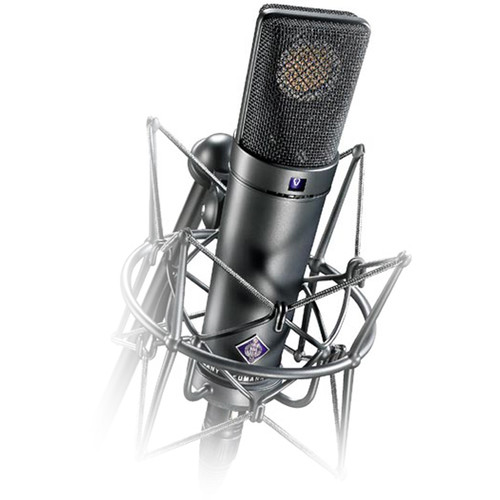






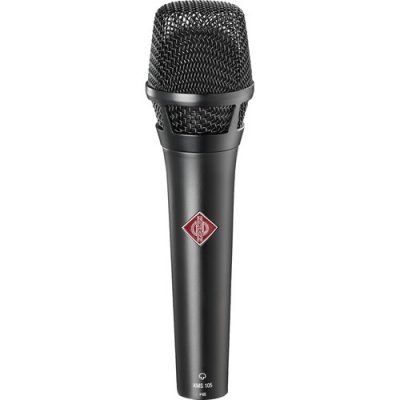
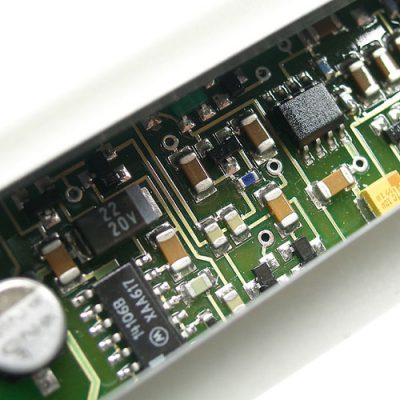




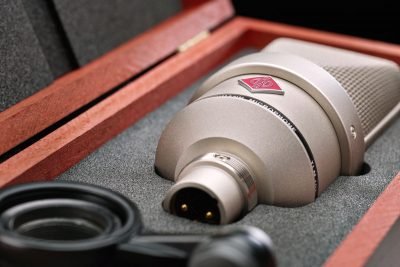
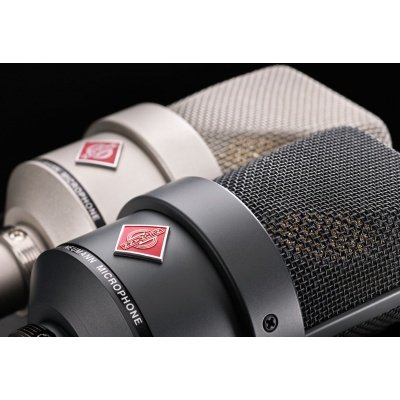
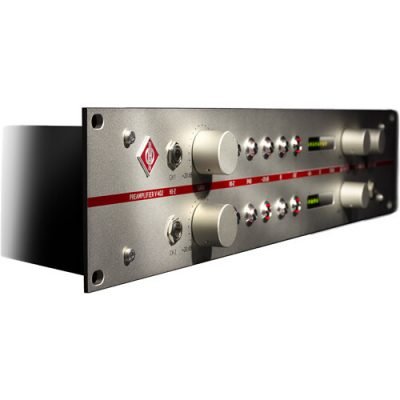
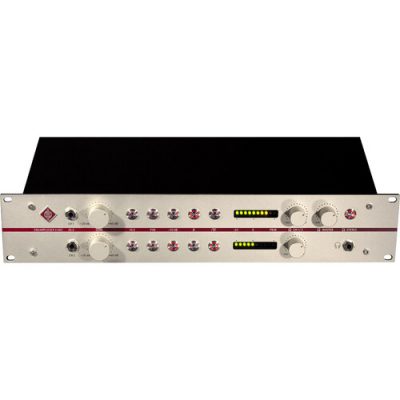




 No products in the cart.
No products in the cart. 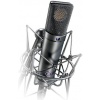
Reviews
There are no reviews yet.